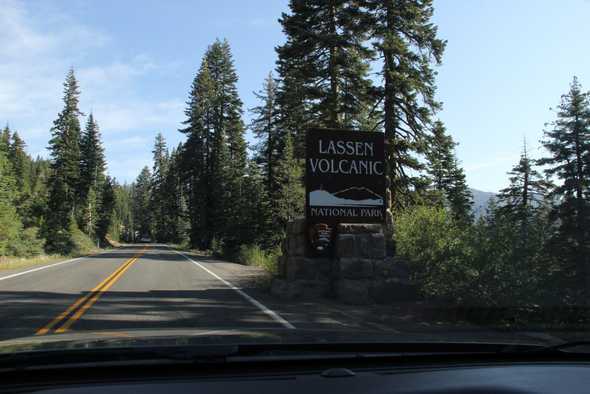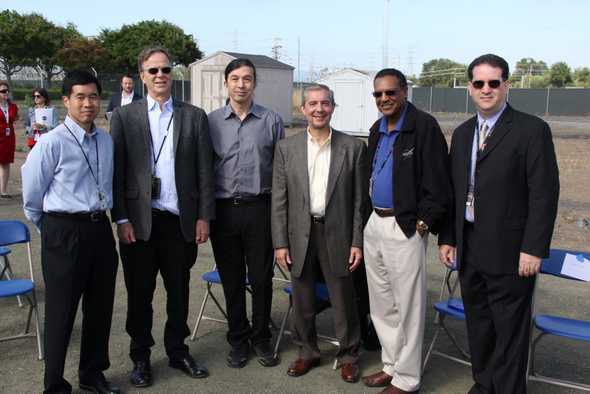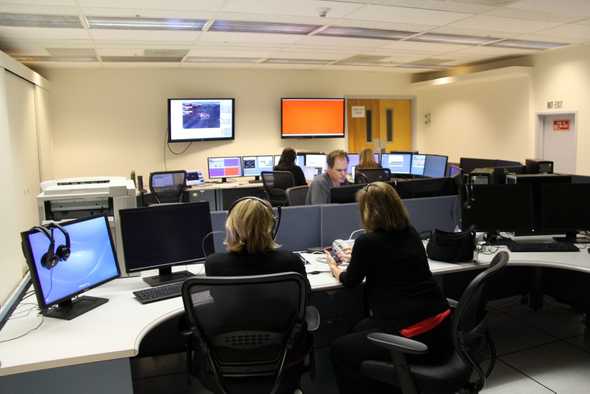Tom Barclay, Kepler Research Scientist
08/08/13 | NASA, On the groundTom Barclay is a Research Scientist at NASA Ames working on the Kepler mission. Kepler is trying to find other planets around the stars and answer the question of whether we are alone in the universe. The program is looking for other places that look like Earth. Even with recent problems with the spacecraft, there is a lot of data that has already revolutionized our understanding and will continue for another generation.
Koushik Datta, Seedling Fund Manager for NARI
08/02/13 | NASA, On the groundKoushik Datta is the Seedling Fund Manager and acting Deputy Director for the NASA Aeronautics Research Institute at NASA Ames Research Center. He spoke to the group of NASA Social attendees about the NARI last week. Here’s what he said.
K10 autonomous robot
08/01/13 | On the groundLast Friday, a K10 robot was remotely operated by Astronaut Luca Parmitano and successfully deployed three radio antennas on a roverscape at NASA Ames Research Center in Mountain View, CA. Here is video of the rover in operation.
Rover test opening ceremony and speakers
07/29/13 | On the groundAfter visiting the Mission Operations Center, the NASA Social group piled into two vans and traveled a couple of blocks to the roverscape on the western side of the research center. Six speakers introduced the objectives of the mission, what NASA Ames does, and why telerobotics is important to future missions. Here are videos of each and what each speaker talked about.
Terry Fong talks about the K10 rover test
07/28/13 | On the groundTerry Fong is the Human Exploration Telerobotics Project Manager and Director of the Intelligent Robotics Group at NASA Ames Reserch Center in Mountain View, CA. During the NASA Social on Friday, he took a few moments to talk about the mission and the objectives.
Inside NASA Ames Mission Operations Center before rover test
07/28/13 | On the groundInside a bland grey concrete building at NASA Ames in Mountain View, named the Space Projects Facility, a team was communicating through a complicated secure network to an Astronaut living on the International Space Station. NASA was simulating a mission where a crew and a K10 planetary rover were on the far side of the moon.
A place where communication is made more complex as signals can’t be sent directly back to Earth. A place that few humans have been or seen with their own eyes. A place that is just on the other side of the moon that we see every night from Earth.
In room 203, called the Multi-Mission Ops Center, their objective was to have Astronaut Luca Parmitano control the rover and deploy an antenna on the surface called a roverscape. Was it possible to have no communication with the Mission Control Center (MCC) and have a crew be responsible for driving the rover to complete a task.
Astronaut Stephen Bowen: challenge yourself and learn from it
07/24/13 | On the groundAstronaut Stephen Bowen has flown three shuttle missions (STS-126, STS-132, and STS-133), is a retired Captain in the U.S. Navy, a native of Cohasset, MA and a graduate of Cohasset High School. He talked with attendees of the Sample Return Robot Challenge last month.
Bowen said he found the Sample Return Robot Challenge fascinating. The challenge may sound simple: start here, go out and get this thing, and bring it back. But you can’t use GPS or a magnetic compass. So it may be a little more difficult. You have to do all the navigation on board.
Bowen was fascinated with the different ways the teams solve the problem. How they approach a similar problem but come up with different solutions. How they come up with different budgets and have different knowledge bases. Bowen joked that how the robot behaves is a reflection of how the team members think, but to be fair, it really isn’t as linear.
We had the opportunity to ask questions and here is a summary of what Bowen said.
Sam Ortega: be curious and ask questions
07/23/13 | On the groundWhen I attended the NASA Social at WPI last month, I never expected the advice Sam Ortega gave us. That everyone should be curious and ask questions.
Sam Ortega runs the Centennial Challenge Program. He has worked at NASA for 25 years. He started doing structural analysis for experiments in the cargo bay of the Space Shuttle, doing micro-gravity experiments and getting them ready to fly, and working with scientists to make sure they were functional and would work. He has flown a couple of times in the KC-135A aircraft named the Vomit Comet to test experiments. He has also been a lead engineer for the nozzles on the back end of the solid rocket motors used during the shuttle program.



